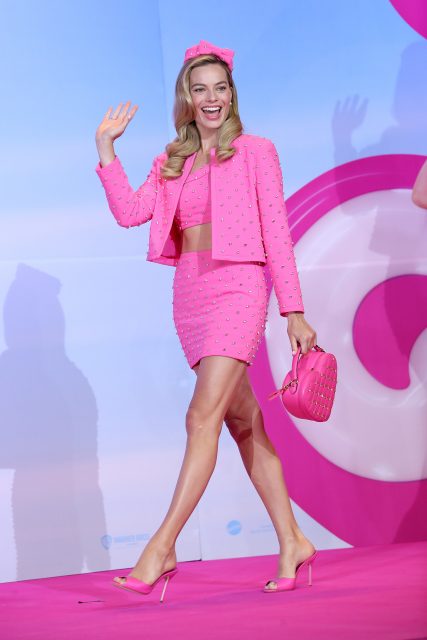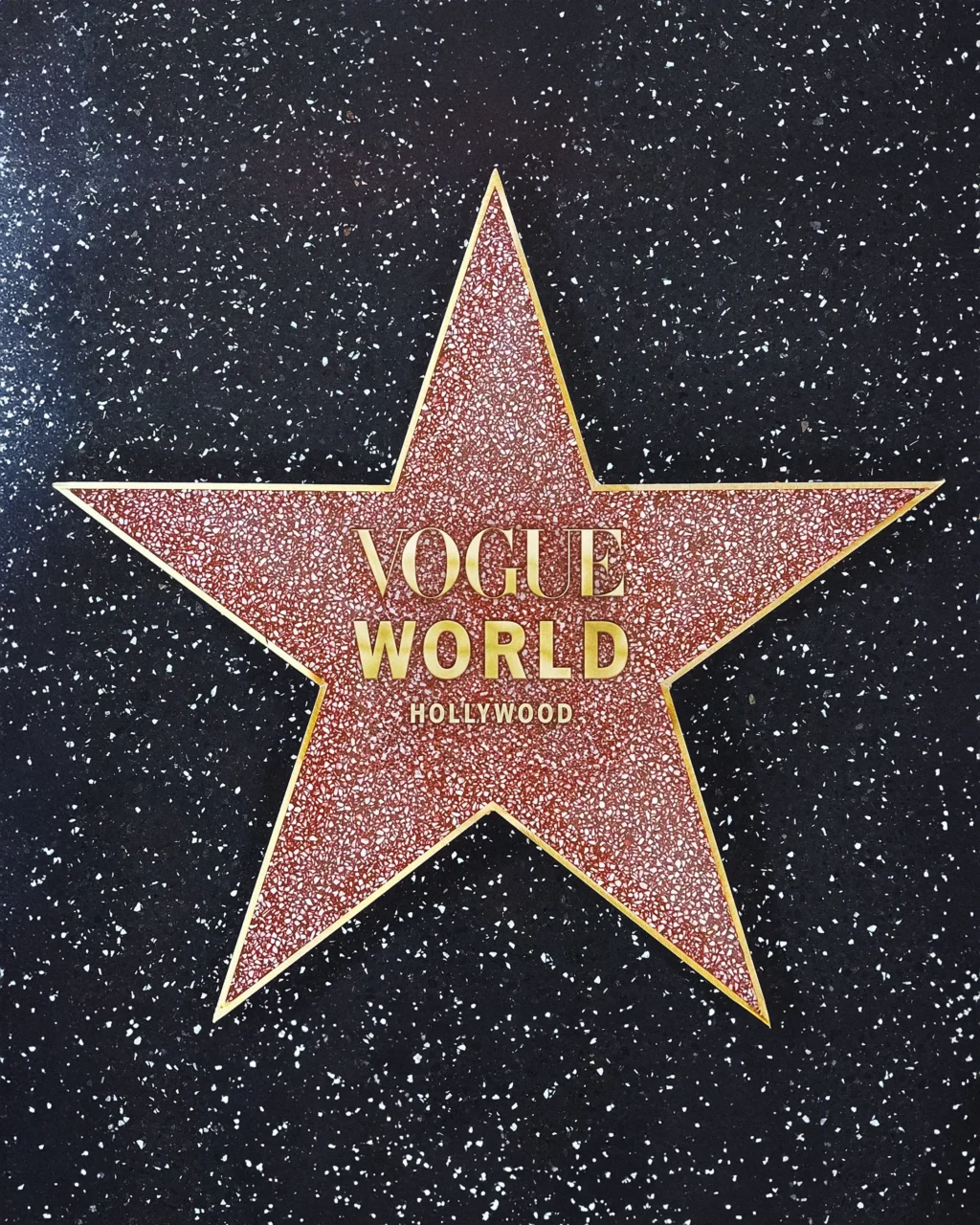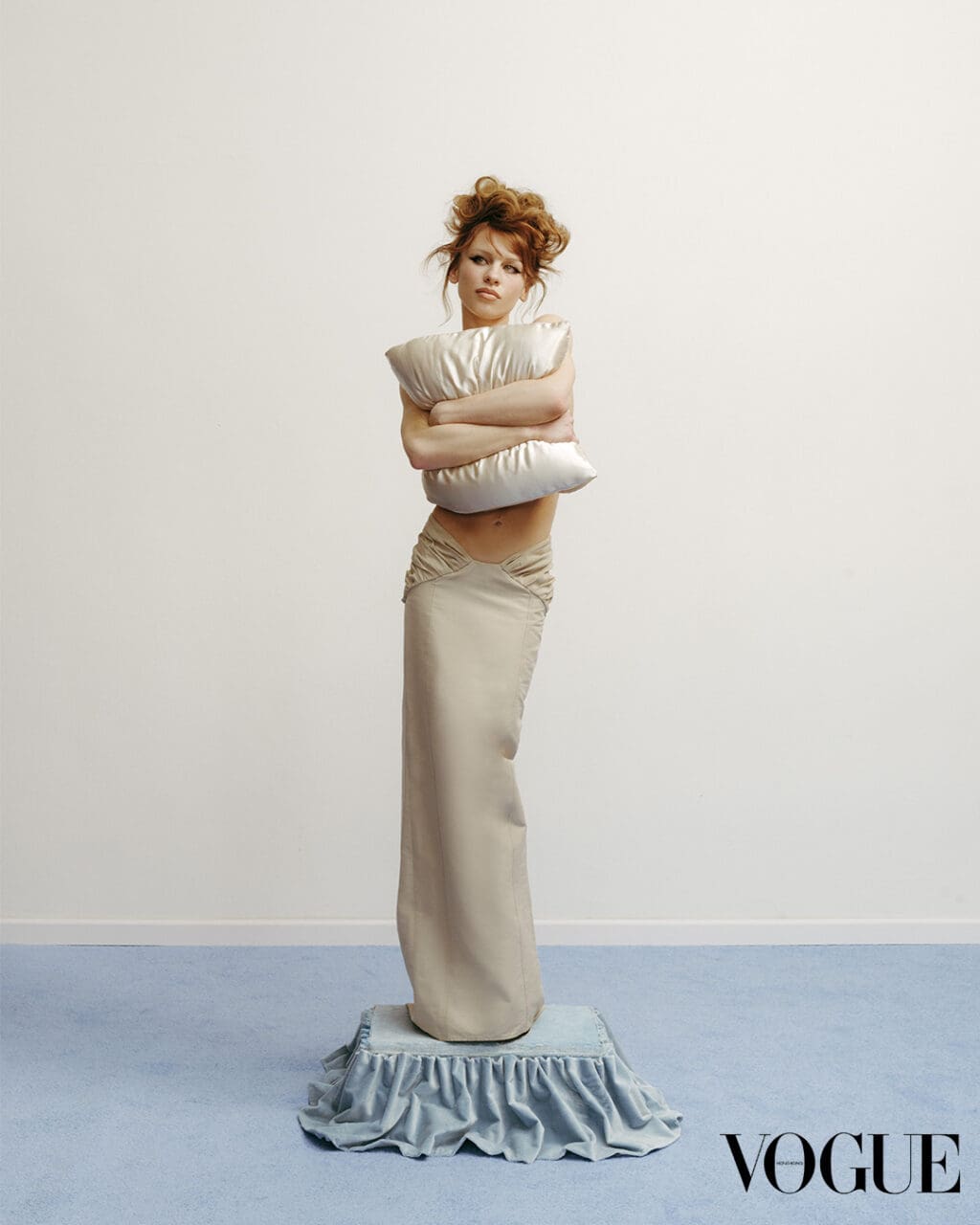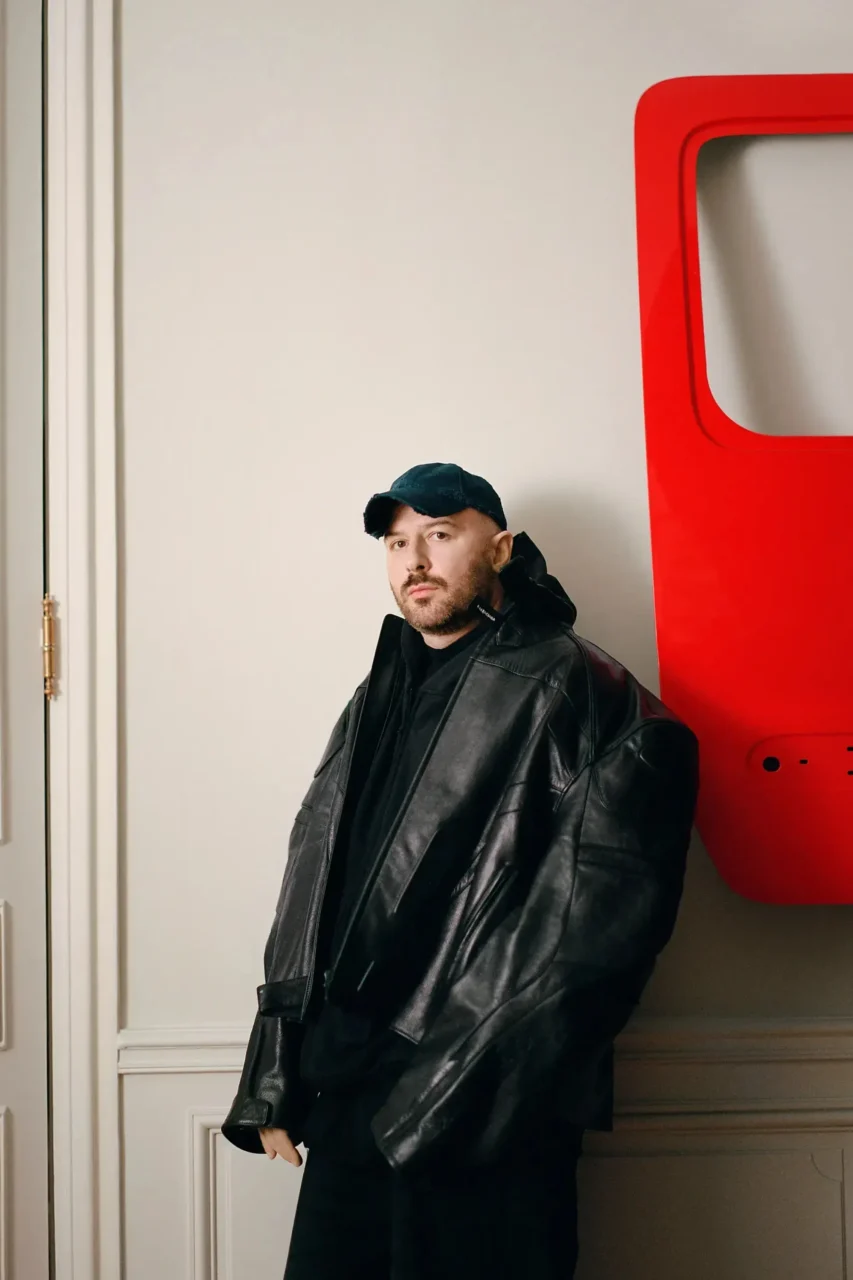Pink Clothes For Men? Breaking From Convention, The Barbiecore Trend Shows That All Colours, Even Pink, Don’t Need Gender
Among the few household beliefs that we are brought up with, colour-gender distinction is one of them: pink being for girls and blue being for boys. From the confetti at gender reveal parties to a newborn’s first clothes, to then a universe of toys, accessories and garments that seem to trace a binary and irreversible destiny: it still remains true that pink is for girls and blue is for boys.
But it is precisely in this day and age that genders, values and even fashion can be fluid. Utilising every shade and hue, we now find ourselves redesigning our chromatic geography and perhaps, even freeing our wardrobes from the orthodox confines of gender ideology.
On 9 July, Los Angeles hosted the premiere of highly anticipated movie, Barbie, – part celebration, part parody, part metaliterature – that director Greta Gerwig has created to dismantle stereotypes. One of the main ones include Barbie being stereotyped as a “dumb blonde”, obsessed with the colour pink, which infiltrates everything she owns, from her clothes to her cars, all housed in her extravagant Malibu villas. But, in this new adaptation, we will be seeing Ken, or rather the various Ken incarnations, in outfits and accessories in a thousand shades of pink.
Comme des Garçons Homme Plus AW23
Photo: Daniele Oberrauch / Gorunway.com
Isabel Marant AW23
Photo: Courtesy of Isabel Marant
In recent years, the Valentino maestro Pierpaolo Piccioli has made statements with hot pink, be it a flashy feminine evening dress, a pair of trainers or a men’s suit. Pink is not just a colour but also a manifesto: Elsa Schiaparelli made her mark at the start of the 20th century when she packaged her perfume “Shocking!” in hot pink – the same shocking pink that became her symbol as well as that of many other designers after her.
The journey from the feminine particular to the genderless universal is part of a long process in breaking free from these conceptual shackles. After all, the pink-child/blue-child dichotomy is far from being a historical and eternal truth: as explained expertly in an essay by Jo B. Paoletti, Pink and Blue: Telling the Boys from the Girls in America, published over ten years ago in the US. The author has spent decades studying the reasons and periods in which the two colours came to be identified as sexual opposites.
In fact, she found that until the late 19th century, the colour for babies had always been white – for ease of sanitation – and that actually, there was a traditional preference for blue for girls, which took after Mary’s mantle. Whereas, it was pink that was associated with boys given that it was considered a paler version of red (and therefore younger) and the colour par excellence of warriors, kings and popes. An article from June 1918 in the Earnshaw Infants’ Department says this: ‘The generally accepted colour for boys is pink, for girls blue’.
Martine Rose AW23
Photo: Andrea Adriani / Gorunway.com
Craig Green SS23
Photo: Isidore Montag / Gorunway.com
At a certain point however, there came a tendency for standardisation: at the dawn of the 20th century, designers such as Schiapparelli pigeonholed pink into the female mould. Today, Barbiecore and other trends are leading us towards a liberated vision of colours, where gender and conventions don’t matter. Anyone should be able to rock pink.
Below we have gathered examples of products you could style to nail Barbiecore:
#1 The Shirt
#2 The Trouser
#3 The Shoe
#4 The Overcoat
#5 The Hoodie/ Sweatshirt
#6 The Accessory
Translated by Christy Lam
Editor
Marta Oldrini and Paolo ArmelliCredit
Lead Image: Frazer Harrison/FilmMagic










































